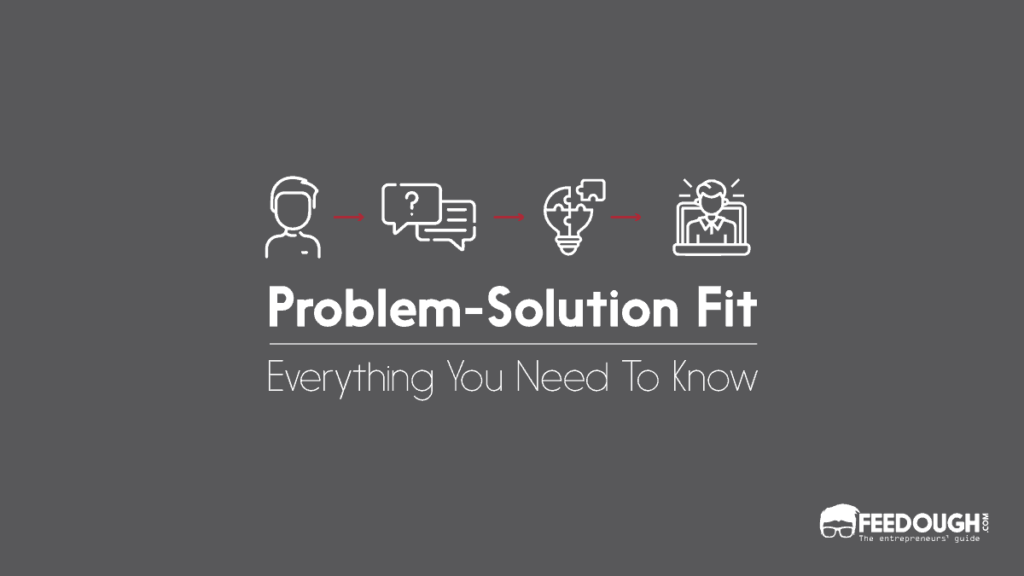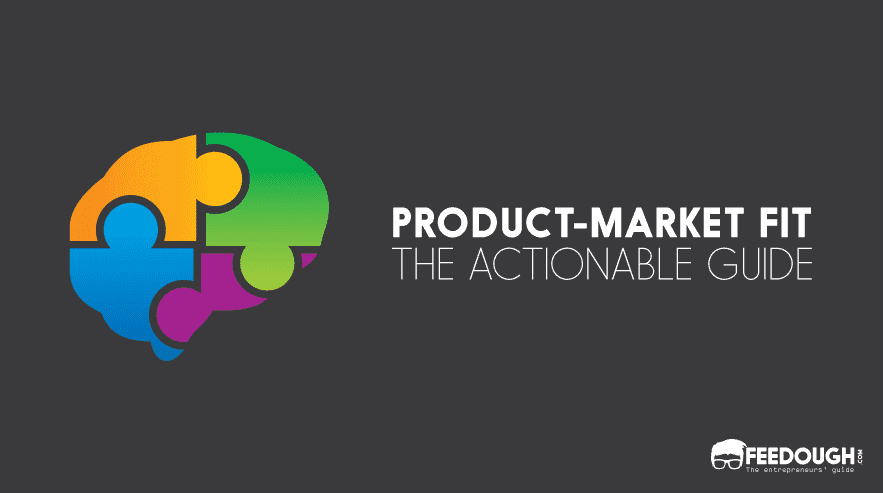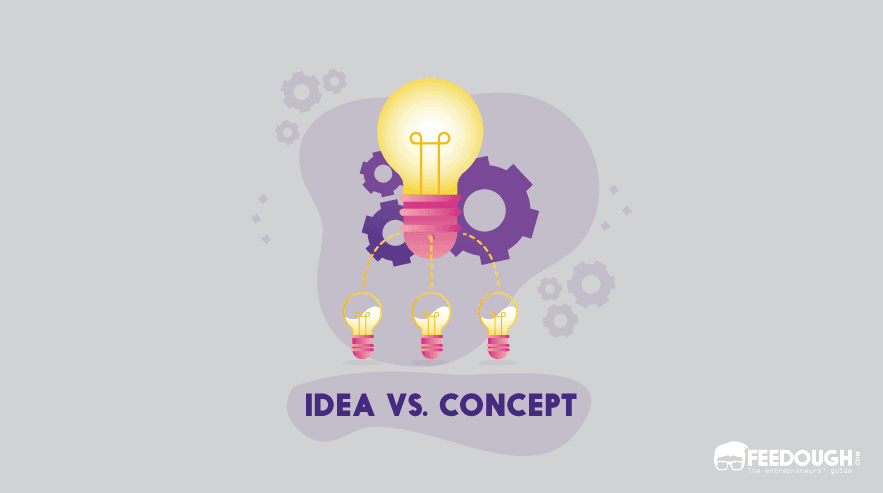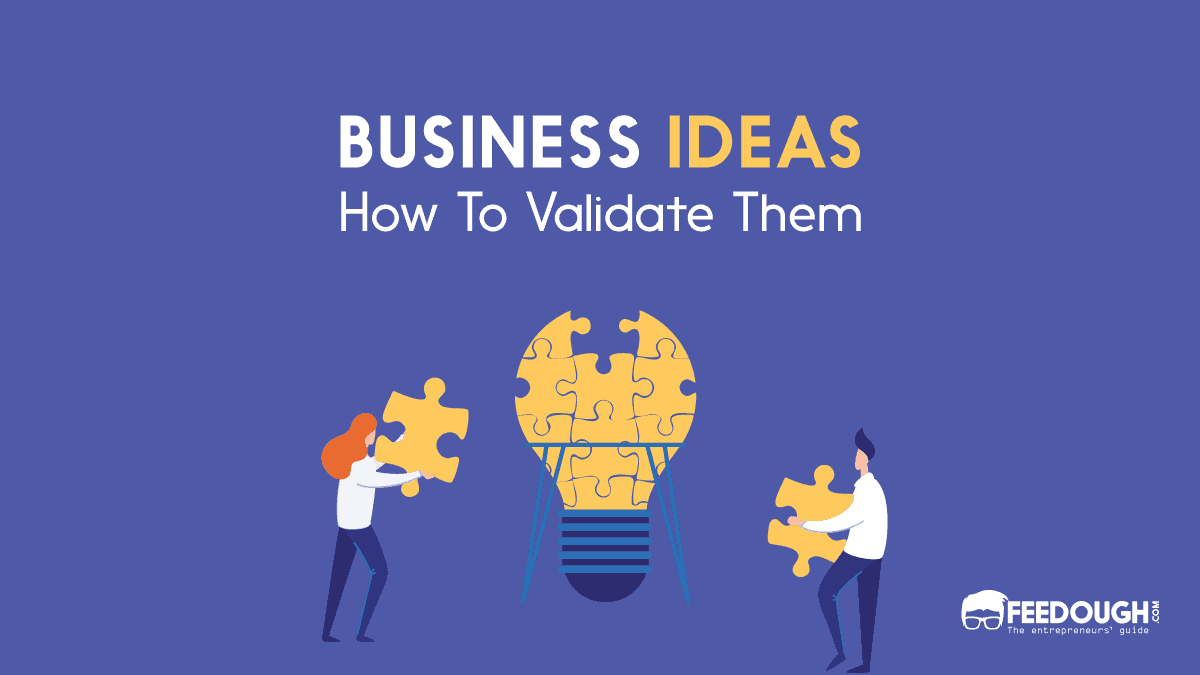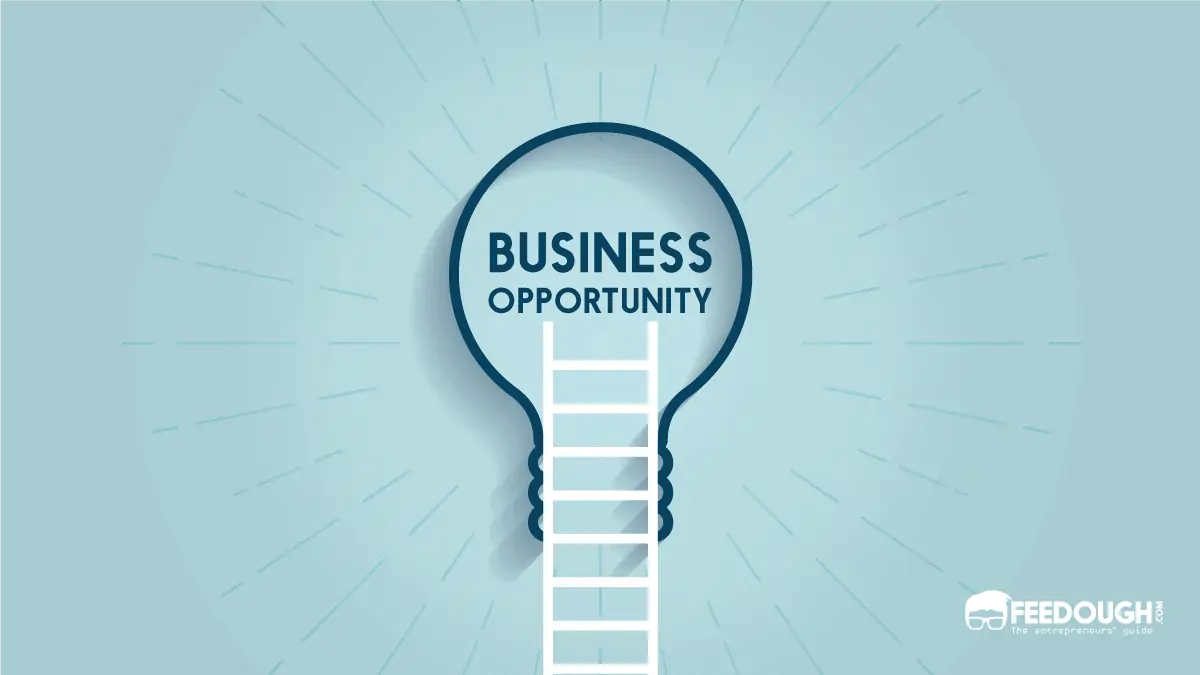So you have a great idea for a new business. You’re excited to get started and make your mark on the world. But before you do anything, it’s important to make sure that there is a demand for your offering in the market.
The least glamorous but most important part of starting a successful business is determining whether your idea actually solves a real problem for people. This process is known as finding a problem-solution fit.
Here’s a guide explaining what problem-solution fit means, why it’s so important to the success of your new business, and how to achieve it.
What Is Problem-Solution Fit?
Problem-solution fit is a term used to describe the point validating that the base problem resulting in a business idea really exists and the proposed solution actually solves that problem.
The problem-solution fit is when you-
- Validate that the problem exists: When you validate your problem hypothesis using real-world data and feedback. That is, you gather information from real users to determine whether or not they care about the pain point you’re trying to solve.
- Validate that your solution solves the problem: When you validate that the target audience appreciates the value your solution delivers to them.
The problem-solution fit precedes the product development and forms the foundation upon which a company is built. It helps you answer the basics startup-related questions before you even start your startup.
- Do people actually have the problem that you think they have?
- How do they solve the problem now?
- Does your proposed solution make a meaningful difference?
Once you’re satisfied with the answers, you use this solution to develop a saleable product and start acquiring customers.
Why Achieving A Problem Solution Fit Important?
Achieving problem-solution fit is essential to the success of any new business.
Why?
Because without it, you’re essentially just guessing that your idea is going to work. And if you want to be successful, you need more than just a guess.
The problem solution fits help you-
- Get a better understanding of your target market: It helps you identify your target customers, who they are and what matters to them the most.
- Get a better understanding of the customer tasks and pain points: Only after getting into the shoes of the customers do you realise their real tasks and the problems that hinder their progress in completing the tasks.
- Get a better understanding of existing solutions and what they lack: It helps you understand what gaps exist in the market and how your business can fill those gaps.
- Build a solution based on real data: It gives you the information you need to build a solution that users actually want, rather than guessing their needs.
When Should You Look For A Problem-Solution Fit?
Ideally, you want to achieve a problem-solution fit before you start working on your product. This way, you can be confident that you’re solving a real problem that people actually care about. Otherwise, you risk building something that no one wants or needs.
This problem-solution fit forms the basis for your entire business. From your product development to your marketing and sales efforts, everything should be focused on solving the problem that you’ve identified.
How To Achieve Problem-Solution Fit?
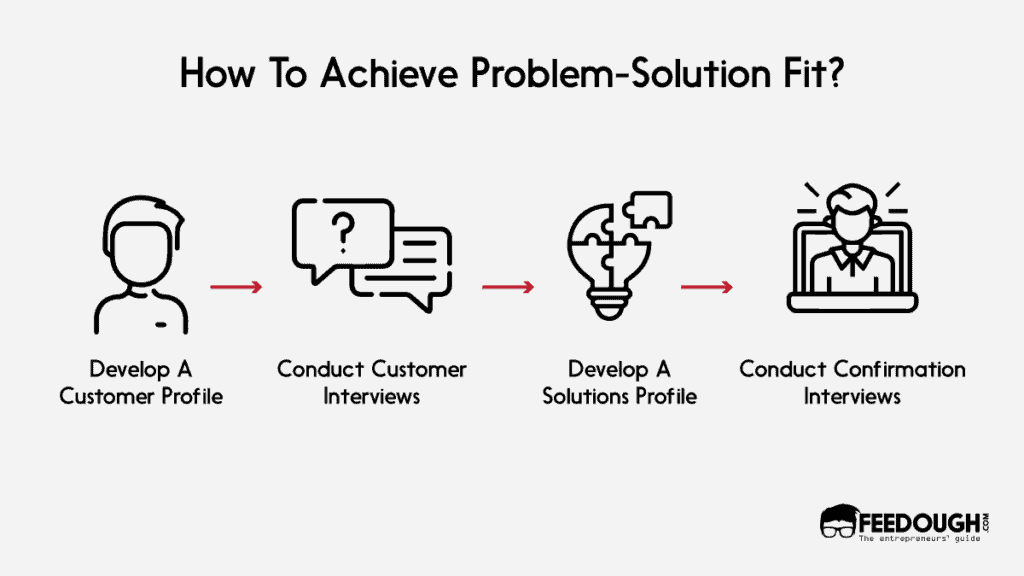
The key to achieving a problem-solution fit lies in identifying the right people to talk to, gathering data from them, and then analysing the results.
This is easier said than done, of course. But this can be done by following two simple steps –
Develop A Customer Profile
The customer profile section helps you to understand your target audience in greater detail. This process will give you answers to the most important customer-related questions that will take you closer to your offering –
- Who are they? (Persona)
- What jobs do they need to get done? (Jobs-to-be-done)
- What problems do they face while doing the job? (Pain points)
- What do they gain by completing the job? (Desired Outcomes)
The Customer Persona
The customer persona is a semi-fictional representation of your ideal customer based on market research and real data about your existing customers.
Creating a customer persona helps you understand your target audience better. It includes information like –
- Demographics: Age, gender, location, education, job title
- Psychographics: Lifestyle, values, interests, attitudes
- Behavioural patterns: Buying habits, online behaviour, communication preferences
The Job-To-Be-Done
Consider your customer’s job-to-be-done as the reason why they need your solution.
For example, imagine that your target customer is a busy professional who wants to increase their productivity. This “job” might include managing their email, calendars and social media accounts all in one place.
Painpoints
What are the challenges and frustrations your target customers experience while completing the job?
For example, busy professionals might find it difficult to keep track of their different accounts and feel constantly bombarded with notifications.
Desired outcomes
What are the desired results or outcomes your customer hopes to achieve by completing the job?
For example, they want to be able to quickly find the information they need and minimise interruptions.
Conduct Customer Interviews
The customer profile results in a hypothesis about the problem your target customers face.
You need to talk to actual people who match your persona to validate this hypothesis. This is done by conducting customer interviews, and its goal is to collect qualitative and quantitative data that will help you better understand your users’ needs.
Problem interviews are typically exploratory in nature. These are unstructured interviews in which you ask open-ended questions to better understand the problem.
Take this scenario, for example –
You’re building a productivity app for busy professionals.
Your previous hypotheses suggested that the primary challenge your customers face is managing their email, calendars and social media accounts all in one place.
To verify this hypothesis, you conduct exploratory interviews with a small group of users where you ask questions like – “Tell me about the biggest challenges you face at work”, and “How do you currently manage your email, calendar and social media accounts?”.
From the responses, you narrow down on the pain points and start to form a clearer picture of the problem.
This feedback helps you validate (or invalidate) your previous assumptions and makes it easier to develop a solution that meets the needs of your target customers.
Develop A Solutions Profile
The solutions profile describes the solution you plan to offer that addresses your customers’ desired outcomes. It results from your customer interviews and should be based on actual feedback, not assumptions.
You develop a solutions profile by answering:
- How do you help the customer get their job done?
- How do you address and solve their pain points?
- What are the desired outcomes for the customer?
A solutions profile might look something like this:
Our productivity app helps busy professionals manage their email, calendar and social media accounts all in one place. It offers a unified inbox that shows all your messages from different accounts in one place and allows you to switch between them with just a few taps quickly. Additionally, it includes a centralised calendar that lets you schedule meetings and appointments without having to switch between multiple apps. And finally, we provide tools for managing your social media accounts so you never miss an important update again!
Conduct Confirmation Interviews
Your solution profile is based on your customer interviews, but it’s important to validate your problem-solution fit with actual users before you start building anything. This is done using confirmation interviews.
Confirmation interviews are structured with a focus on testing the proposed solution. In these interviews, you focus on verifying the findings of your exploratory interviews along with the proposed solution.
This is done by asking more specific but open-ended questions like – “How would you feel if you had a unified inbox for all your email accounts?”, “What would be the biggest benefit of having a centralised calendar?”.
The goal of confirmation interviews is not to get detailed feedback on the proposed solution, but to validate that the solution solves the problem in a way that is valuable to the customer.
Problem-Solution Fit Examples
Every successful company today started with a problem-solution fit. Here are a few examples:
- Airbnb solved the problem of finding affordable accommodation by connecting people who need a place to stay with those who have an extra room.
- Uber solved the problem of getting a cab by creating an on-demand ridesharing platform that connects drivers with riders.
- Spotify solved the music artist’s problem of getting their music heard (without piracy) by creating a streaming platform that makes it easy for people to discover and listen to new music. At the same time, it solved the music listener’s problem of having to buy entire albums when they only wanted to listen to one or two songs.
- Google solved the problem of finding relevant information on the internet by creating a search engine that uses algorithms to rank websites based on their relevance to the user’s query.
- Facebook made it possible for people to connect with each other on a social platform, regardless of distance or location. It solved the problem of keeping in touch with family and friends through an easy-to-use online interface.
Problem-Solution Fit vs Product Market Fit
People often confuse the terms “problem-solution fit” and “product-market fit“, but these are actually two very different things.
While problem-solution fit refers to validating that your solution solves a problem for your target market, product-market fit is about validating that there is actual demand for your product or service.
There are times when a company solves a real problem and develops a good solution, but is not able to get traction because their customers are not willing to pay for it.
Problem-Solution Fit | Product-Market Fit | |
|---|---|---|
Definition | It’s the point validating that the conceptualised solution solves a real problem. | It’s the point validating that the conceptualised product has a demand in the market. |
Startup Stage | Ideation & conceptualisation | MVP |
Bottom-Line?
Achieving problem-solution fit is an essential part of the startup process. By taking the time to understand the problem and developing a solution that meets the needs of your target customers, you increase your chances of success.
Moreover, this approach helps you avoid building a solution that is not needed, and that will never be used.
As a startup founder, it’s important to understand that problem-solution fit is a continuous process. You’ll always be learning and improving as you grow, and it’s always important to validate your findings with actual users.
Go On, Tell Us What You Think!
Did we miss something? Come on! Tell us what you think about our article on problem-solution fit in the comments section.
A startup consultant, digital marketer, traveller, and philomath. Aashish has worked with over 20 startups and successfully helped them ideate, raise money, and succeed. When not working, he can be found hiking, camping, and stargazing.
